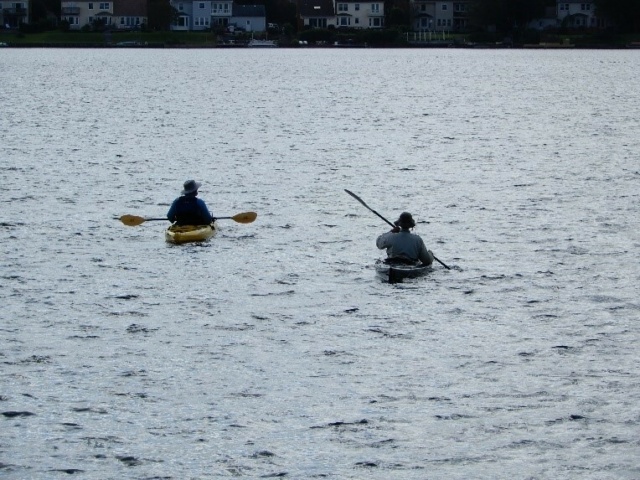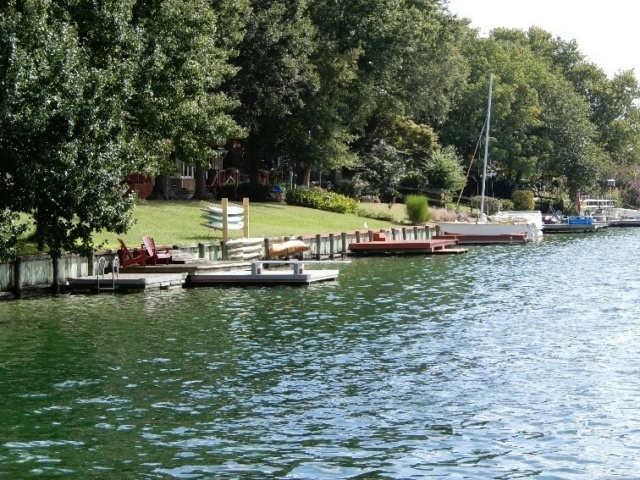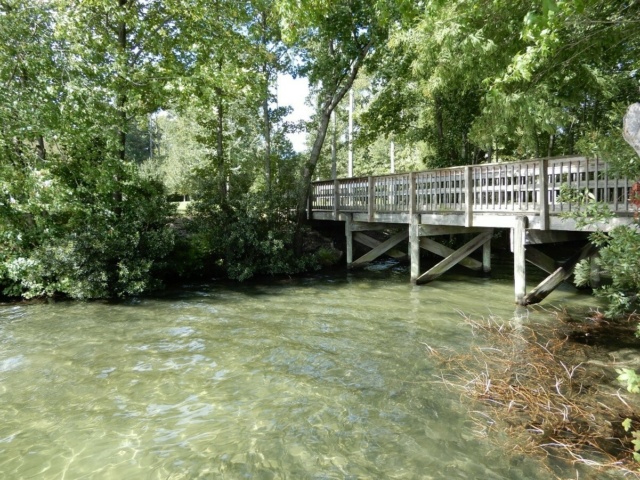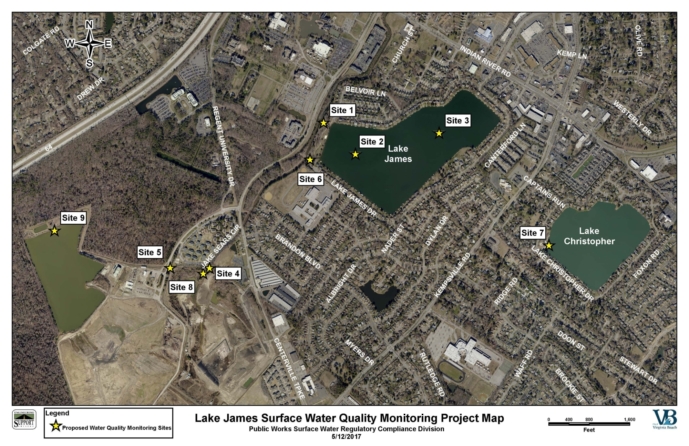Lake James is valued as both a neighborhood amenity and for its role in stormwater management. A former borrow pit, in 1984 Lake James was established as a stormwater pond that receives runoff and stormwater from the surrounding watershed and Cedar Hill Canal, while also being used by its residents for recreational activities such as fishing and boating. It is in the Eastern Branch of the Elizabeth River Watershed, which is a tributary of the Chesapeake Bay.
The total area flowing into Lake James is approximately 689 acres, consisting of the Lake James Watershed with an area of 323 acres, and 366 acres contributing to the Cedar Hill Canal. A variety of land uses discharge to the canal, including commercial, residential and industrial.
A portion of the stormwater entering Lake James is treated prior to reaching the lake. This is done through various stormwater management features such as wet ponds, infiltration trenches and underground manufactured treatment devices. For the Lake James Watershed, this treated area is 12% of the watershed, while 6% of the applicable area for the Cedar Hill Canal passes through a water treatment feature before continuing onward to the lake.






